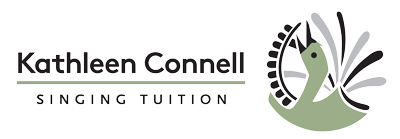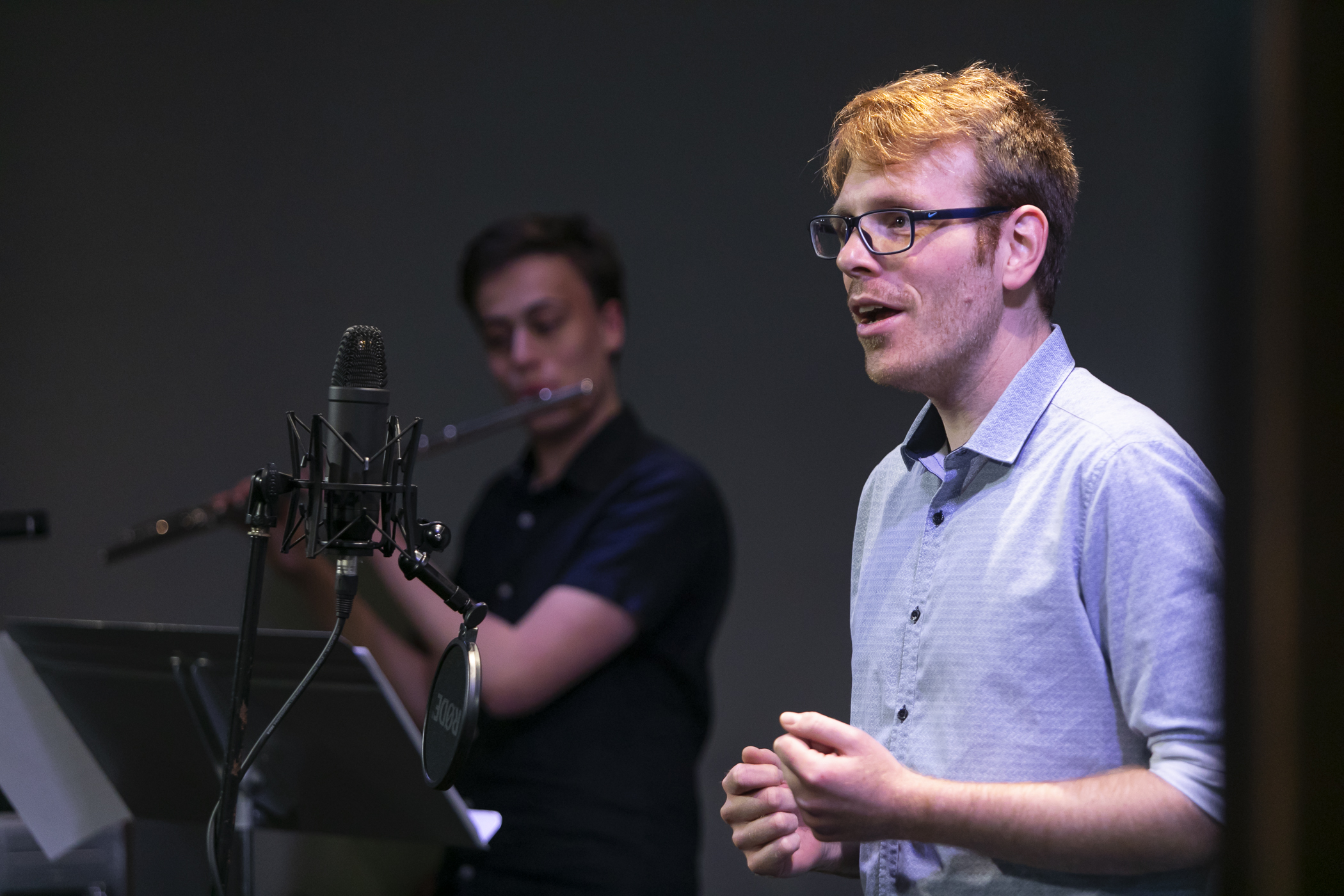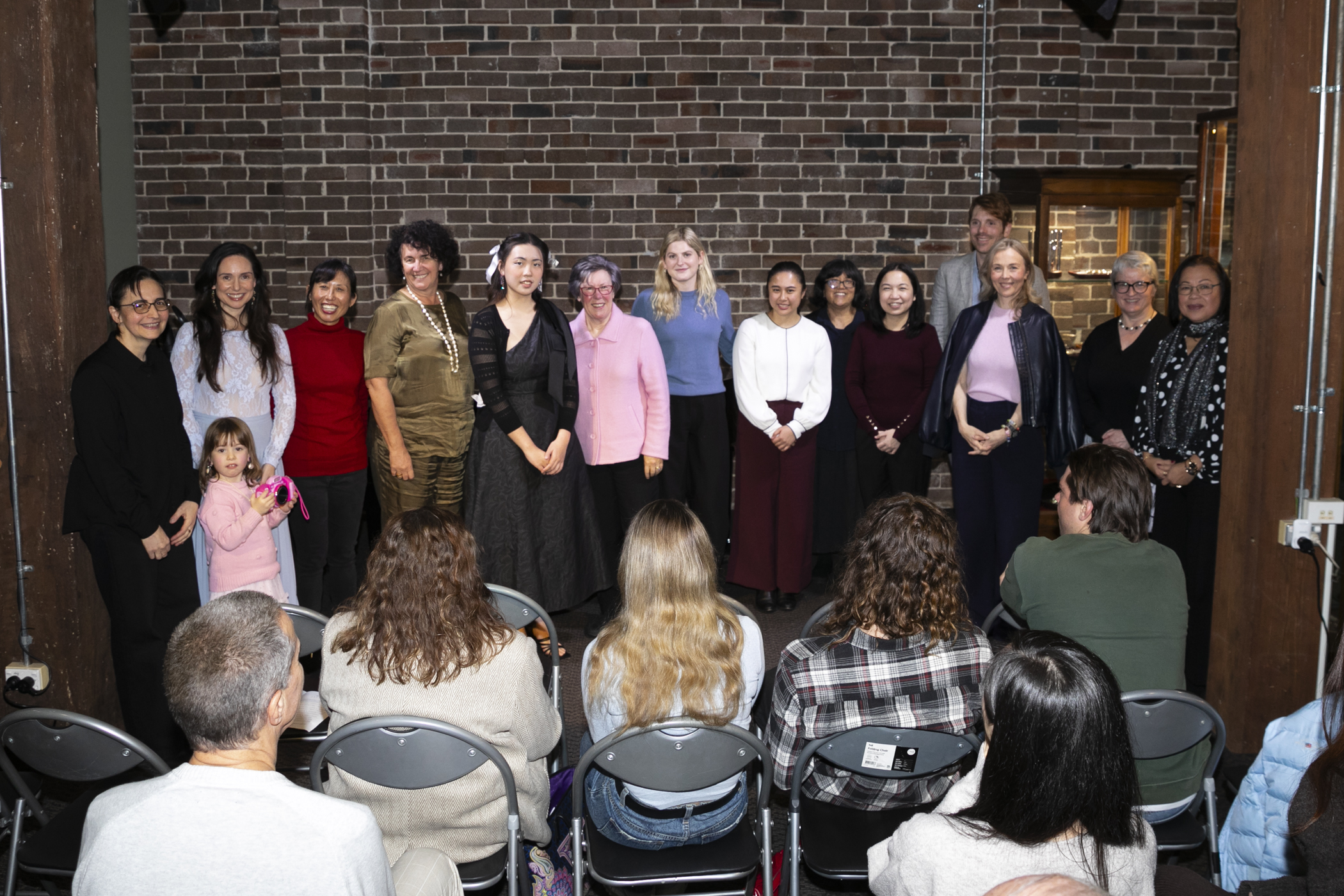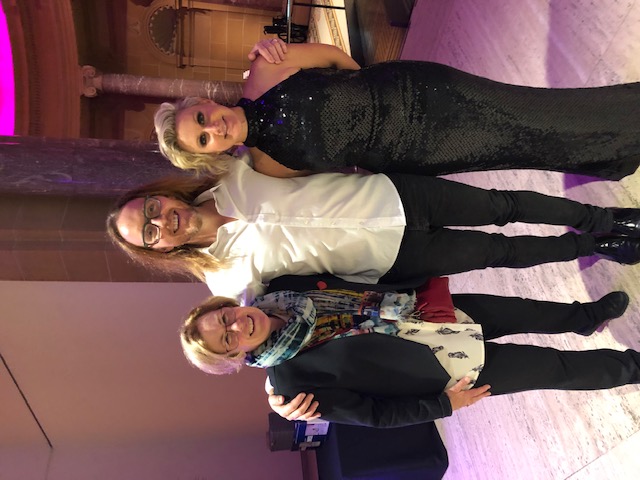Still coughing from COVID? These tips will help you get back to healthy singing.
This summer, we got a taste of “living with the virus”. Although the Omicron variant of COVID-19 is not as harsh on the lungs, it does affect the upper respiratory tracks which cause a runny nose and coughs. For singers, this can feel very disruptive. Here are some ideas to assist, but if symptoms persist, see your doctor.
After a respiratory illness such as flu, seasonal cold or COVID-19 you may experience a malingering cough. This is your vocal cord’s way of shifting excess phlegm, the material that attacks foreign bodies. This phlegm can roll around between your nose and throat and cause discomfort which makes you want to cough or clear your throat.
Throat clearing
Although it feels compulsive, learning how to outsmart the constant desire to cough is a better way to tackle the problem and improve your singing.
The late, internationally renowned voice consultant Meribeth Bunch-Dayme explains, “Clearing the throat makes the vocal folds virtually explode air and can cause damage in the long term”. In other words, constant throat clearing can bash the vocal cords together. This physiological process can also affect your ear tubing.
Unfortunately, one of the most common symptoms of Omicron is a persistent sore and itchy throat. One of my students, Amanda* who recently recovered describes, “I could barely get through a day without a wave of unbearable itchiness and soreness at the back of my throat”. She also experienced fatigue and tightness in her chest.
As a singing teacher, I must stress that singing is a physical activity. Such an assault on the body from a viral infection needs time and care for recovery. Fortunately, the singing skills we build up over time will remain intact.
Getting back on track to sing
The most helpful thing you can do for a strong recovery is to drink water. If you don’t have water handy, get enough saliva in your mouth to swallow. To get rid of excess phlegm, either spit it out into a tissue or swallow it back down into your stomach.
Easing back into singing practice
Just as a tennis player needs to build up to play a seven-set tennis game six-month after an injury, as singers you should ease back into your singing practice routine. Amanda says short sessions were more manageable for her. “I had a few gigs in January to get ready for, so I started off with shorter sessions and then slightly longer ones leading up to the gigs”.
More importantly, Amanda performed cautiously so she could assess what her body could handle. This is an essential part of your journey back to top singing shape. Begin with stretching your vocal cords, get your mind thinking and your ears use to listening again.
Start with short and easy warm up exercises, especially stepwise scales and triads. Keep testing your vocal cords gently – sing along to what you hear on the radio, or use a couple of bars from your favourite tunes. You’ll know when you are ready to increase the length of your practice time.
Just as doing targeted practice can help you stay on track with your singing goals, easing back into singing after serious viral infections such as COVID-19 or similar flu can ensure you have a smoother recovery. Your brain will still remember the essential aspects of what you have been working on such as an open throat, deeper breathing and good posture.
When you are ready to pursue your 2022 singing goals, Kathleen Connel Singing Studio offers online and face-to-face lessons. Everyone’s experiences can vary so if you need to discuss what’s right for you, please get in touch.
* Name changed to respect singers’ privacy.
If you’re thinking of learning to sing in the new year, Kathleen Connell’s singing lesson packages are a great place to start. Browse the Studio and Online singing lessons. And get in touch to find out more.




